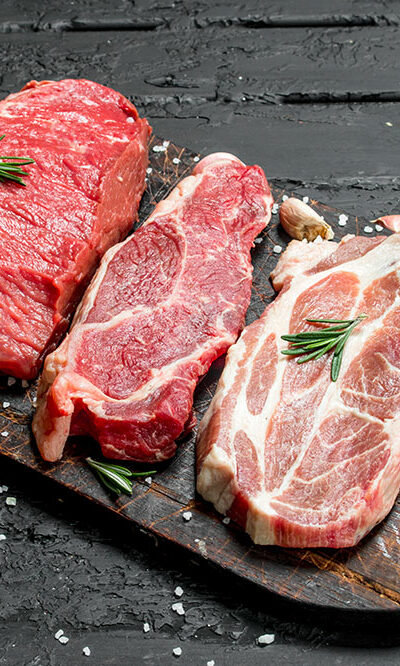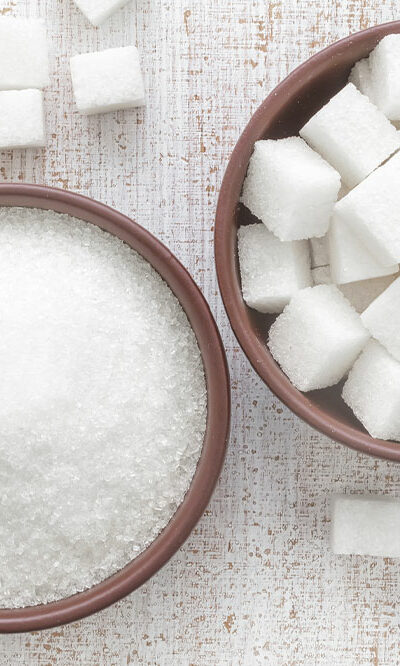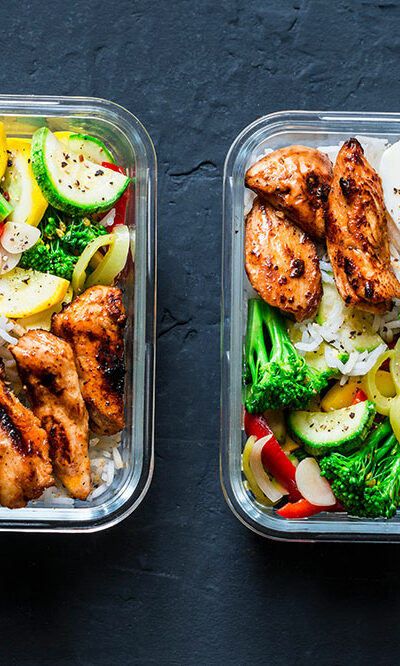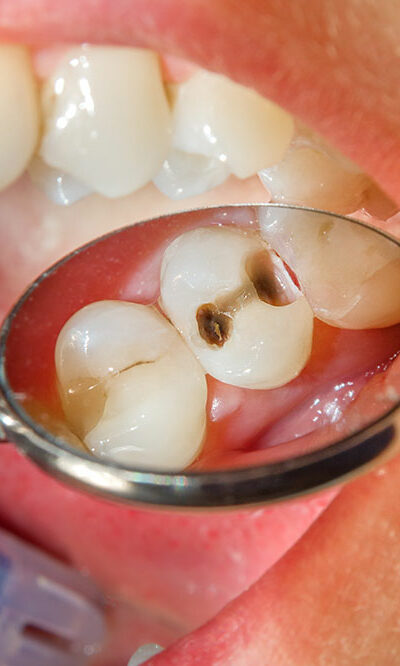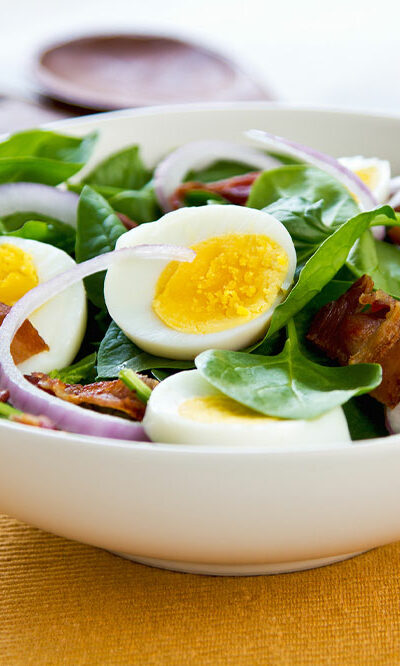
Bladder control – Foods to avoid and medication
Nutrition plays an essential role in overall health and helps in reducing symptoms associated with overactive bladder. Statistics suggest that more than 30% of women in the country have bladder control issues. While there are medications that can help manage the condition, changes in your food regime can help prevent the condition as well. Read on to know more about the foods to avoid and the medication options to manage bladder control issues. Foods to avoid Caffeine Caffeine products such as coffee, tea, energy drinks, and carbonated drinks are some of the primary triggers that can be counterproductive for bladder control. This is because they have a diuretic effect, which means they worsen bladder control by promoting frequent urination. Alcohol Like caffeine, alcohol is also believed to have a diuretic effect as well, aggravating bladder control issues. It increases the pressure in the detrusor muscles, reducing the control over natural signals indicating the brain to empty the bladder. So, an occasional indulgence in wine or beer may not harm, but binging on hard liquor can affect bladder control. Spicy foods Bladder-related issues such as bladder leakage are typically seen more in women. Bladder leakage can also be greatly affected by spicy foods that contain chili powder, peppers, horseradish, and other pungent spices. They worsen bladder control by irritating the inner lining of the bladder and increasing the urge to urinate. Moreover, consuming spicy foods also increase the tendency to drink more water, further worsening urinary incontinence. Artificial sweeteners Artificial sweeteners can also worsen bladder control as they contain compounds that can make the bladder muscles hyperactive. This increases the risk of suffering from urinary tract infections, especially in women due to frequent urination. This can make urinary incontinence difficult to control. Medications These food regime changes can help manage bladder control.
